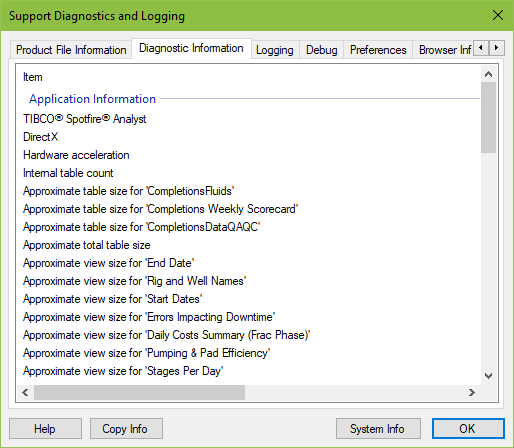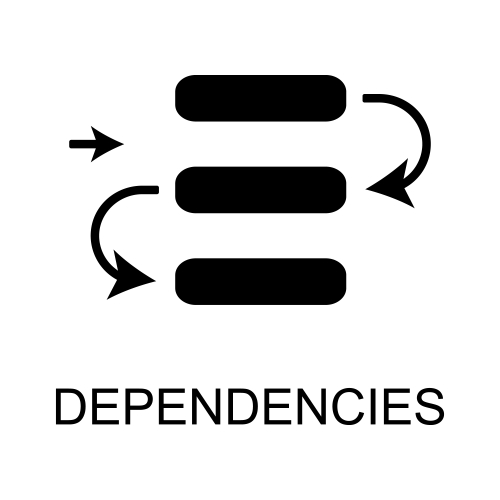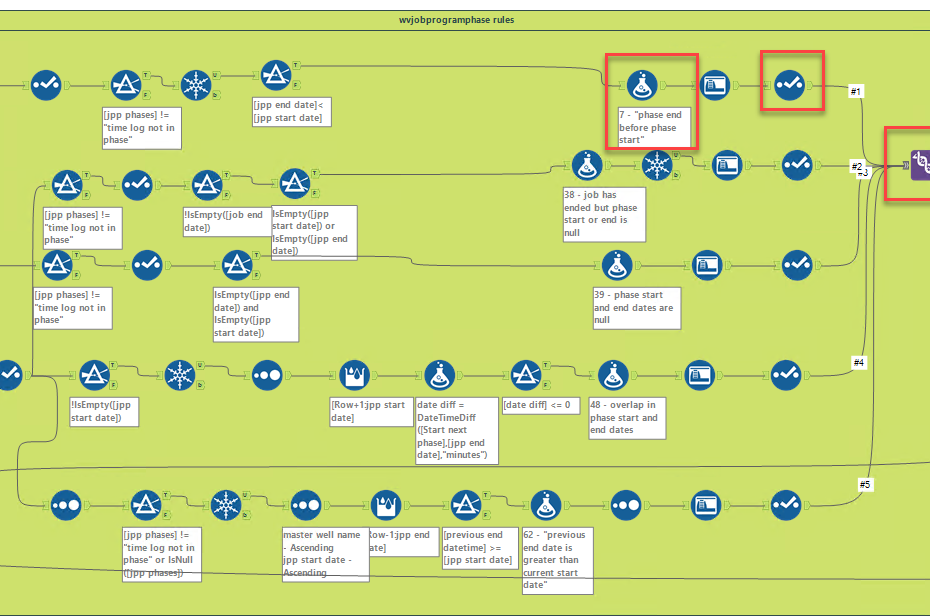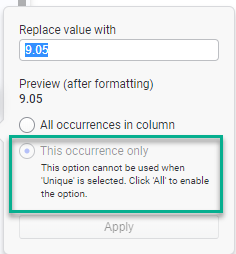The Danger of Hiding Data in Spotfire
Occasionally, I have a really hard time coming up with a good title for a post. This is one of those circumstances. But what I’m going to show you here is important if you want to sharpen your troubleshooting skills. A user reached out to me this week for help with a calculation on a cross table. It seemed like Spotfire was calculating inconsistently, but software doesn’t work that way. So, we had to be missing something. Would you have figured this out? How quickly would you have solved this puzzle? Can you find data hiding in Spotfire? Read on to learn more.
Read More »The Danger of Hiding Data in Spotfire







